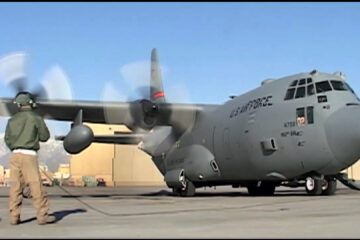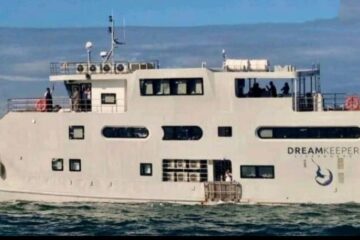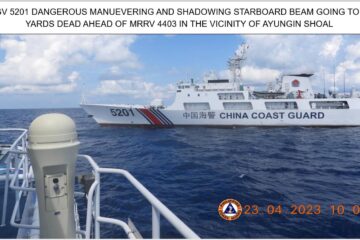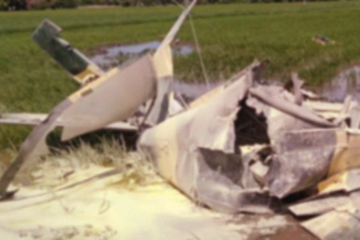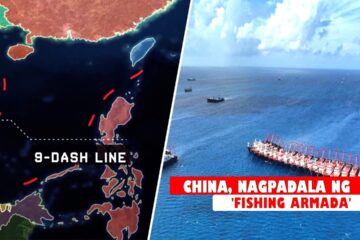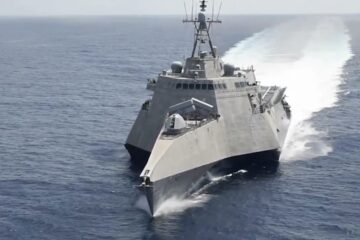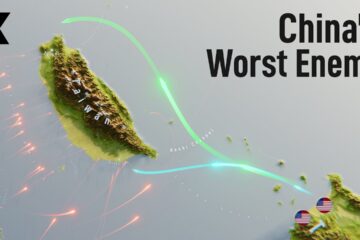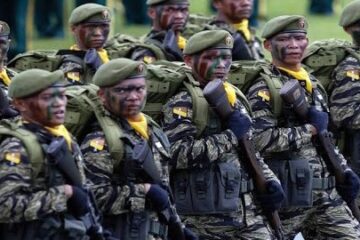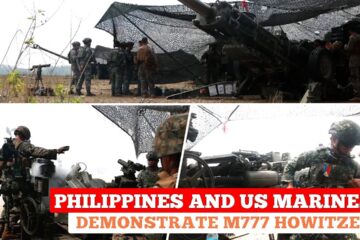Buried in the Himalayas in the Siliguri Corridor, also recognized as the Chicken’s neck, Chinese and Indian military forces sit on the particular sides of their large borders and defend themselves for what could become a shooting war among nuclear powers.
Both Beijing and New Delhi see the opposition as a shoving match for dominance in the Himalayas, an age-old struggle between the two states that most recently went hot in 1962, before either state had completed nuclear bombs.
But now a Chinese construction project striving to establish a road that can carry 40-ton vehicle traffic threatens a critical passage in India and risks alienating New Delhi from its ally, Bhutan.
India is paranoid regarding the Chicken’s Neck for its possible vulnerability. But this is also where the Indian army has the terrain and tactical advantages of higher ground and a sharp vantage point in the event of a border clash.
Both India and Bhutan have opposed China’s ambitious one belt one road program to undertake large infrastructure projects across Asia, and now China looks intent on testing the two nations’ resolve.
Maj. Gen. Gaganjit Singh said they are trying to show Bhutan who calls the shots in the Himalayas. So they have to ensure that they are capable of defending Bhutan’s territorial integrity, They have to prove they can defend Bhutan and they are determined not to lose the current terrain and tactical advantage they have in Chumbi Valley.
Meanwhile, China said it would defend its border “at all costs,” and that the Indians should have “no illusions” about their resolve.
But while China recognizes this step as essential for asserting dominance and achieving a major construction initiative, and India views it as a vital threat to its national integrity, neither side wants severe fighting to start.
Hopefully, at the upcoming summit between Brazil, Russia, India, China, and South Africa, (BRICS) the two sides can work out a way to stop the struggle while saving face before we see two nuclear-armed nations with a combined population of nearly 3 billion go to war.










